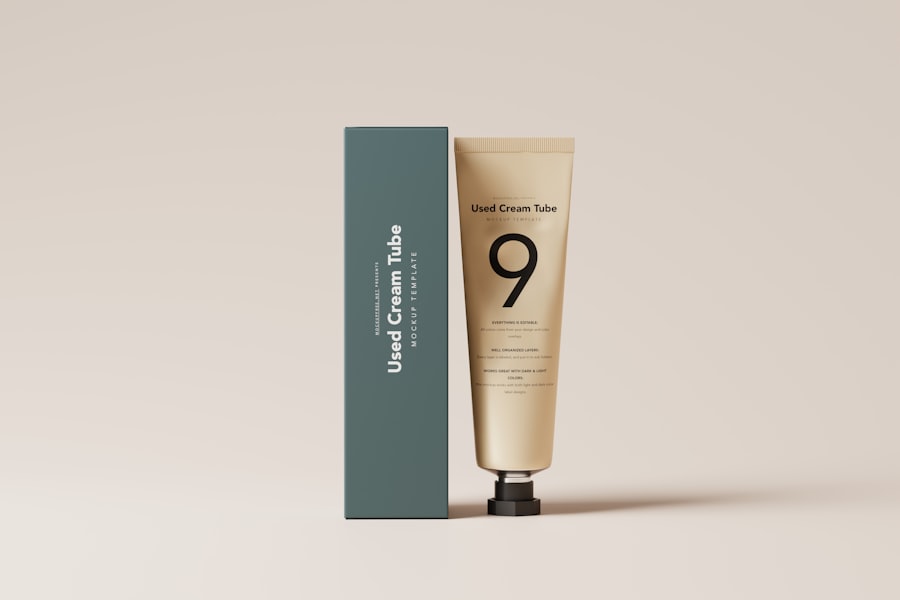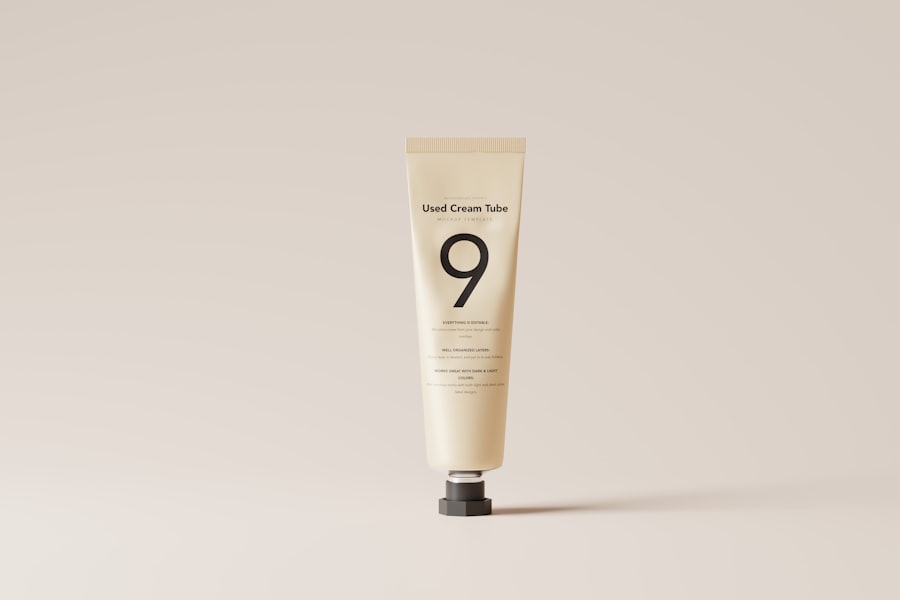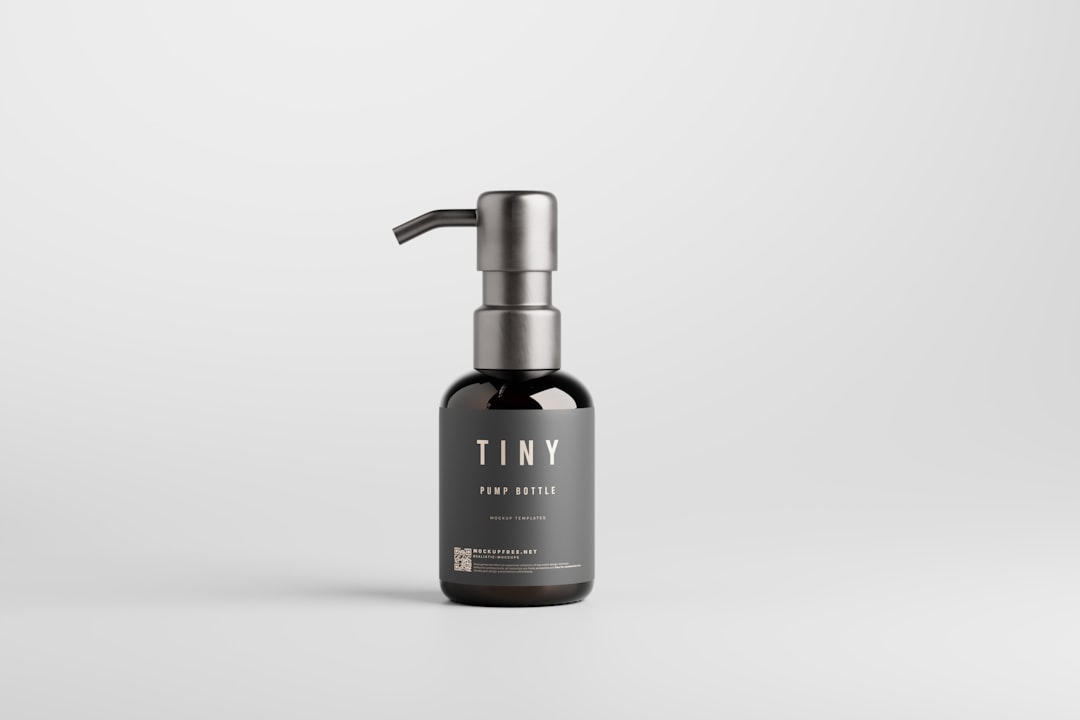When you embark on a journey of healing, whether it’s from a surgical procedure, a skin condition, or an injury, it’s essential to grasp the intricacies of the healing process. Healing is not merely a linear progression; it often involves various stages that your body navigates as it works to restore itself. Initially, your body enters the inflammatory phase, where blood flow increases to the affected area, bringing with it essential nutrients and immune cells.
This phase can be accompanied by swelling, redness, and discomfort, which are all signs that your body is actively working to repair itself. As you move beyond the initial phase, you will enter the proliferative stage. During this time, new tissue begins to form, and your body starts to close the wound or heal the affected area.
Understanding these stages can help you remain patient and positive throughout your healing journey. Recognizing that healing takes time allows you to set realistic expectations and appreciate the small victories along the way.
Key Takeaways
- Understanding the healing process is crucial for proper wound care and recovery.
- A proper skincare routine is essential for promoting healing and preventing infection.
- Sun protection is important to prevent scarring and hyperpigmentation during the healing process.
- Avoiding irritants such as harsh chemicals and rough fabrics can aid in the healing process.
- Managing discomfort through pain management techniques can improve the healing experience.
Proper Skincare Routine
Establishing a proper skincare routine is crucial for supporting your healing process. The right regimen can significantly impact how quickly and effectively your skin recovers. Start by cleansing your skin gently with a mild, non-irritating cleanser.
This step is vital in removing any impurities that could hinder healing. Avoid harsh scrubs or exfoliants during this time, as they can exacerbate irritation and delay recovery. Instead, opt for products that are specifically formulated for sensitive or healing skin.
Moisturizing is another key component of your skincare routine. Keeping your skin hydrated helps maintain its elasticity and promotes cell regeneration. Look for moisturizers that contain ingredients like hyaluronic acid or ceramides, which can provide deep hydration without clogging pores.
Additionally, consider incorporating soothing ingredients such as aloe vera or chamomile to calm any inflammation or redness. By nurturing your skin with a thoughtful routine, you create an environment conducive to healing.
Sun Protection

One of the most critical aspects of caring for your skin during the healing process is sun protection. Ultraviolet (UV) rays can be particularly damaging to healing skin, leading to complications such as hyperpigmentation or scarring. Therefore, it’s essential to apply a broad-spectrum sunscreen with an SPF of at least 30 every day, even on cloudy days or when you’re indoors.
This protective barrier helps shield your skin from harmful rays while allowing it to heal properly. In addition to sunscreen, consider wearing protective clothing and seeking shade whenever possible. A wide-brimmed hat can provide extra coverage for your face and neck, while long sleeves can protect your arms.
Remember that sun protection is not just a summer concern; UV rays can affect your skin year-round. By prioritizing sun safety, you significantly enhance your chances of achieving optimal healing results.
Avoiding Irritants
| Category | Metrics |
|---|---|
| Avoiding Irritants |
|
As you navigate the healing process, it’s crucial to be mindful of potential irritants that could disrupt your recovery. Common irritants include harsh chemicals found in certain skincare products, fragrances, and even environmental factors like pollution. To minimize exposure, carefully read labels and choose products that are free from alcohol, parabens, and synthetic fragrances.
Opting for hypoallergenic and dermatologist-recommended products can also help reduce the risk of irritation. In addition to skincare products, consider your environment. If you live in an area with high pollution levels or allergens, take steps to limit your exposure.
This might involve using air purifiers indoors or wearing masks when outdoors on particularly smoggy days. By being proactive about avoiding irritants, you create a more favorable environment for your skin to heal without unnecessary setbacks.
Managing Discomfort
Discomfort is often an inevitable part of the healing process, but there are various strategies you can employ to manage it effectively. First and foremost, listen to your body and give yourself permission to rest when needed. Overexertion can exacerbate discomfort and slow down healing.
Incorporating gentle activities like stretching or light walking can help improve circulation without putting too much strain on your body. Additionally, consider using over-the-counter pain relief options if necessary. Nonsteroidal anti-inflammatory drugs (NSAIDs) like ibuprofen can help alleviate pain and reduce inflammation.
However, always consult with a healthcare professional before starting any medication to ensure it’s appropriate for your specific situation. Complementing these methods with relaxation techniques such as deep breathing or meditation can also help ease discomfort and promote a sense of well-being during your recovery.
Monitoring Progress

Keeping track of your healing progress is essential for understanding how well your body is responding to treatment and care. Regularly assess the affected area for any changes in color, texture, or size. Take note of any new symptoms that may arise, such as increased redness or swelling, as these could indicate complications that require medical attention.
Documenting these observations in a journal can provide valuable insights into your healing journey. In addition to self-monitoring, consider enlisting the help of a trusted friend or family member who can provide an objective perspective on your progress. Sometimes, it’s easy to overlook improvements when you’re focused on the day-to-day experience of healing.
Having someone else observe and encourage you can boost your morale and help you stay motivated throughout the process.
Follow-Up Appointments
Regular follow-up appointments with your healthcare provider are vital for ensuring that your healing process stays on track. These visits allow professionals to assess your progress and make any necessary adjustments to your treatment plan. During these appointments, don’t hesitate to voice any concerns or questions you may have about your recovery.
Open communication with your healthcare team fosters a collaborative approach to your healing journey. In addition to monitoring physical progress, follow-up appointments also provide an opportunity for emotional support. Healing can be a challenging experience both physically and mentally; discussing your feelings with a professional can help alleviate anxiety and provide reassurance that you are on the right path.
By prioritizing these appointments, you empower yourself to take an active role in your recovery.
Long-Term Maintenance
Once you’ve successfully navigated the initial stages of healing, it’s essential to focus on long-term maintenance to ensure lasting results. This involves continuing with a consistent skincare routine that prioritizes hydration and protection even after the initial healing has occurred. As your skin becomes more resilient, consider gradually introducing new products that promote overall skin health without compromising its integrity.
Additionally, maintaining a healthy lifestyle plays a significant role in long-term skin health. A balanced diet rich in vitamins and antioxidants can support cellular repair and regeneration from within. Staying hydrated by drinking plenty of water also contributes to skin elasticity and overall vitality.
By adopting these habits as part of your daily routine, you set yourself up for sustained success in maintaining healthy skin long after the initial healing process has concluded. In conclusion, understanding the multifaceted nature of the healing process empowers you to take proactive steps toward recovery. By establishing a proper skincare routine, prioritizing sun protection, avoiding irritants, managing discomfort, monitoring progress, attending follow-up appointments, and committing to long-term maintenance, you create an environment conducive to optimal healing.
Embrace this journey with patience and self-compassion; every step you take brings you closer to achieving healthy and vibrant skin.
After undergoing laser hair removal treatment, it is crucial to follow proper aftercare instructions to ensure optimal results. One helpful resource for learning more about laser hair removal aftercare is the article on In Laser Hair Removal’s website. This article provides valuable tips and guidelines for taking care of your skin post-treatment to minimize any potential side effects and maximize the effectiveness of the procedure. By following these aftercare recommendations, you can achieve smooth, hair-free skin in the long run.
FAQs
What is laser hair removal aftercare?
Laser hair removal aftercare refers to the steps and precautions that should be taken after undergoing a laser hair removal treatment. This includes caring for the treated area to ensure proper healing and to minimize any potential side effects.
What are the common aftercare instructions for laser hair removal?
Common aftercare instructions for laser hair removal may include avoiding sun exposure, using gentle skincare products, avoiding hot showers and saunas, and avoiding activities that may cause excessive sweating. It is also important to keep the treated area clean and moisturized.
How long does it take for the skin to heal after laser hair removal?
The skin typically takes a few days to a week to heal after laser hair removal. However, this can vary depending on the individual’s skin type and the intensity of the treatment. It is important to follow the aftercare instructions provided by the laser hair removal technician to ensure proper healing.
What are the potential side effects of laser hair removal?
Potential side effects of laser hair removal may include redness, swelling, and mild discomfort in the treated area. In some cases, there may be temporary changes in skin pigmentation or the formation of scabs. These side effects are usually temporary and can be managed with proper aftercare.
Can I apply makeup or skincare products after laser hair removal?
It is generally recommended to avoid applying makeup or skincare products to the treated area immediately after laser hair removal. However, once the skin has healed, gentle skincare products can be used. It is important to consult with the laser hair removal technician for specific recommendations.
How long should I wait before exposing the treated area to the sun?
It is recommended to avoid sun exposure to the treated area for at least a week after laser hair removal. Sun exposure can increase the risk of skin irritation and pigmentation changes. It is important to use sunscreen and protective clothing when going out in the sun after laser hair removal.




